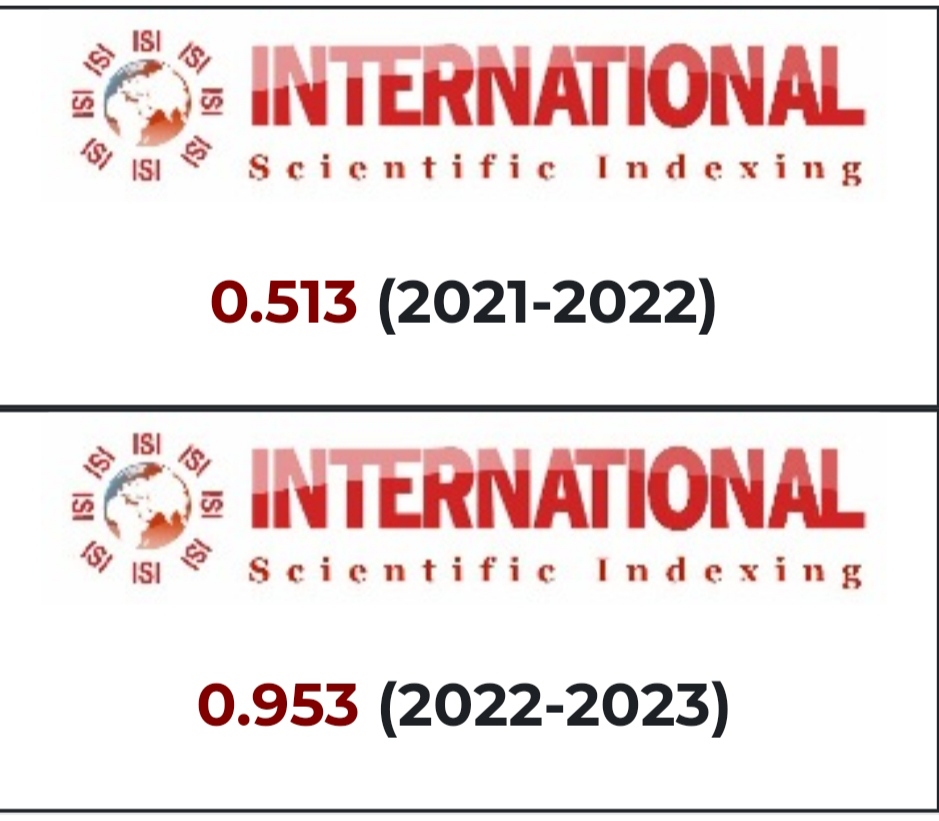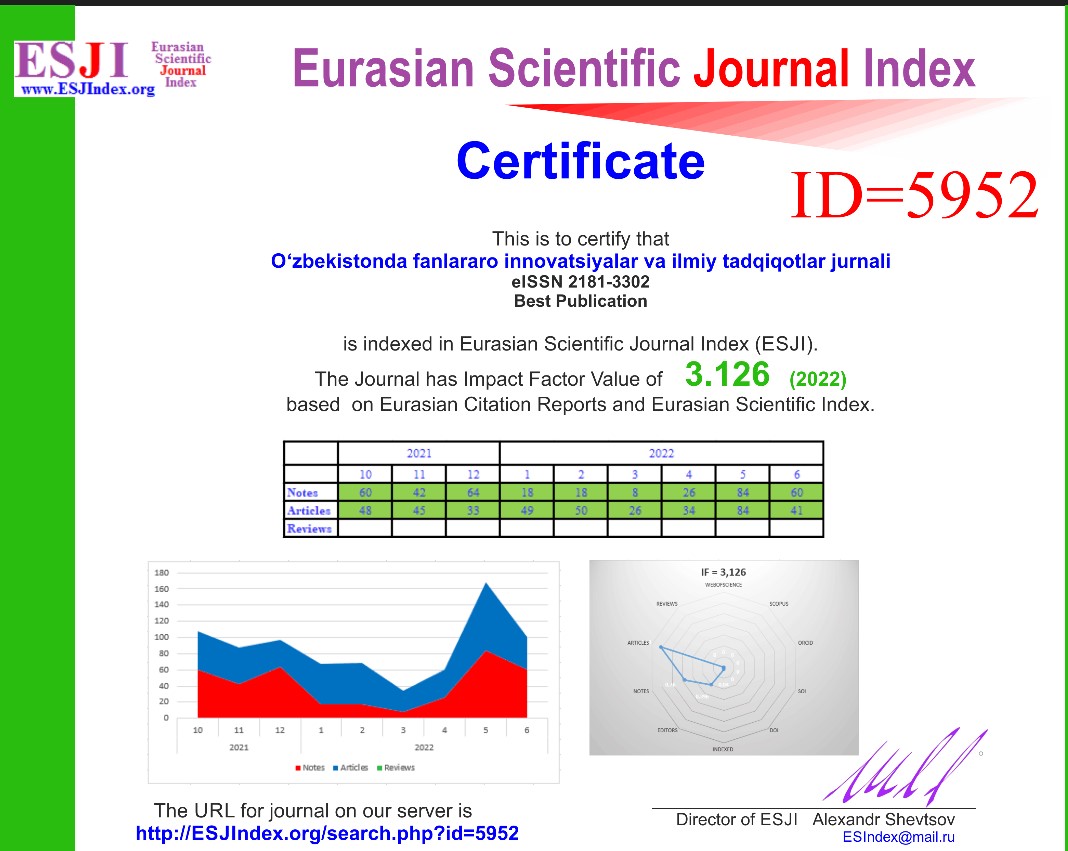EXTRACTION FROM POMEGRANATE (PUNICA GRANATUM) SEEDS
Keywords:
Punica granatum L.; antioxidant, polyphenols, tannins, flavonol glucosides, pro-cyanidins, phenolic acids, ellagic acidAbstract
Natural antioxidants products are widely distributed in food and medicinal plants. These natural antioxidants, especially polyphenols, exhibit a wide range of biological activities including anti-cancer, anti-inflammatory, and anti-atherosclerosis activities. Pomegranate (Punica granatum L.) is a rich source of polyphenolic components. The pomegranate (Punica granatum L.) belongs to the Punicaceae family and is a shrub or small tree up to 3 to 8 meters high, which is evergreen in the tropics and deciduous in subtropical and temperate zone areas. The name of the pomegranate derives from the Latin name of the fruit, granatum, which means grainy apple. The pomegranate fruit contains considerable amounts of phenolic compounds, including hydrolyzable tannins, flavonol glucosides, pro-cyanidins, phenolic acids, ellagic acid derivatives, and flavonoids. Fruit peel and roots of pomegranate have been commonly used in herbal remedies by local healers in many countries. Pomegranate peel has been used in traditional medicine for treating diarrhea and dysentery. Pomegranate fruit has pharmaceutical effects on human health, and because of this has been used in many communities as a drug to heal ailments. Punicalagin is the major antioxidant polyphenol ingredient in pomegranate juice.
References
Di Stefano, V.; Pitonzo, R.; Novara, M.E.; Bongiorno, D.; Indelicato, S.; Gentile, C.; Avellone, G.; Bognanni, R.; Scandurra, S.;Melilli, M.G. Antioxidant activity and phenolic composition in pomegranate (Punica granatum L.) genotypes from south Italy by UHPLC-Orbitrap-MS approach. J. Sci. Food Agric. 2019
Sabraoui, T.; Khider, T.; Nasser, B.; Eddoha, R.; Moujahid, A.; Benbachir, M.; Essamadi, A. Determination of Punicalagins Content, Metal Chelating, and Antioxidant Properties of Edible Pomegranate (Punica granatum L.) Peels and Seeds Grown in Morocco. Int. J. Food Sci. 2020
Faria, A.; Calhau, C. The Bioactivity of Pomegranate: Impact on Health and Disease. Crit. Rev. Food Sci. Nutr. 2011
https://www.researchgate.net/publication/285912372_Pomegranate_Punica_granatum_L











